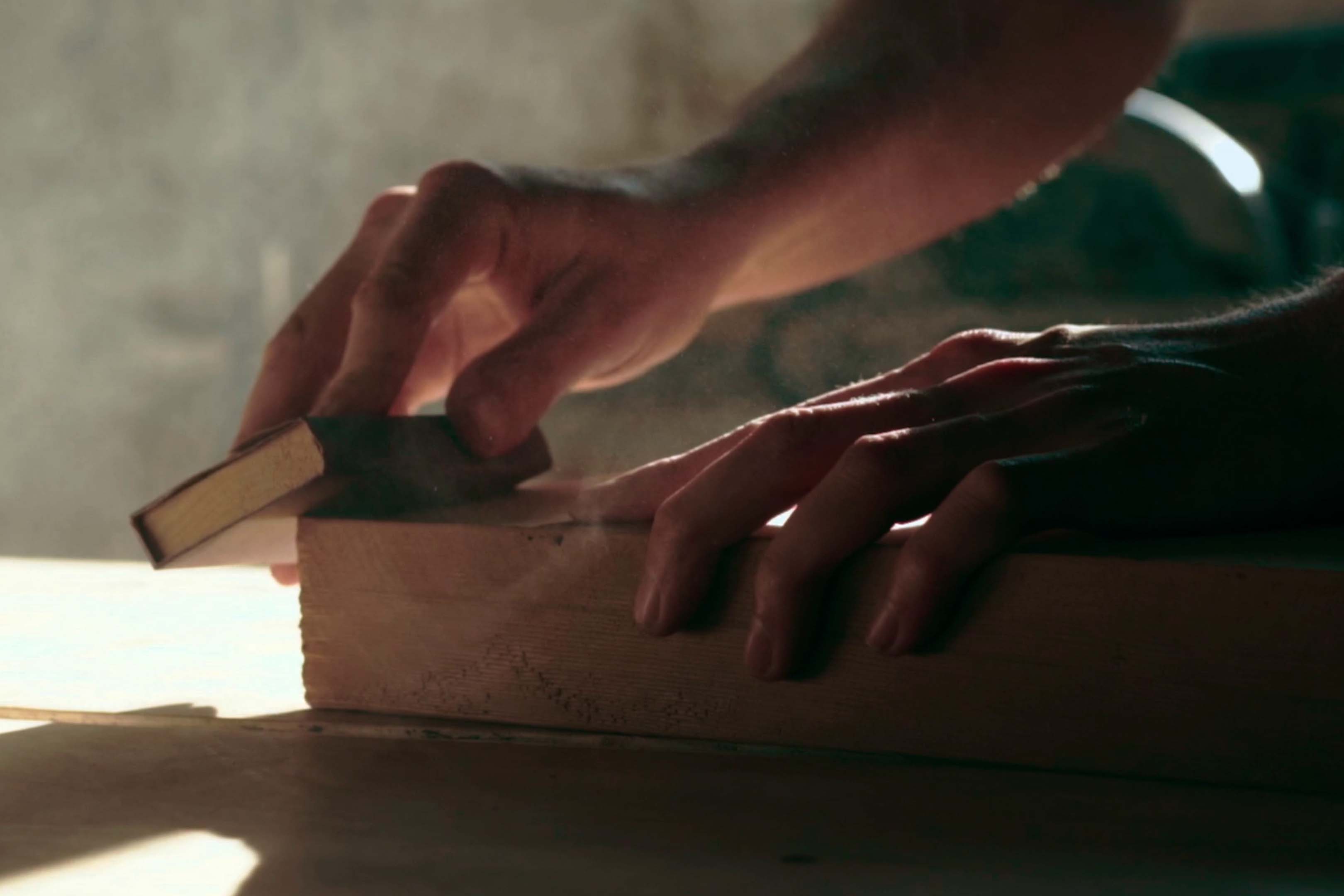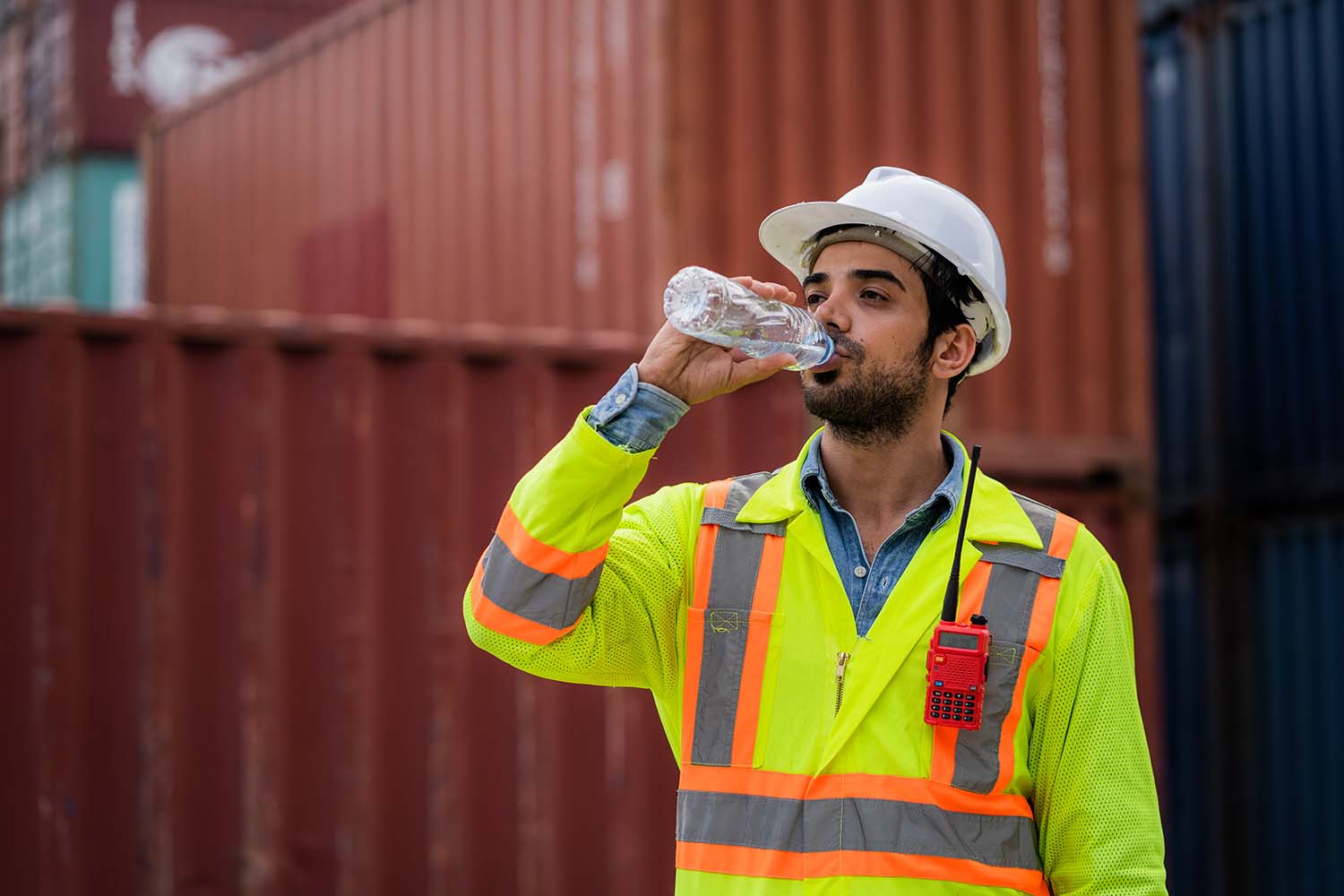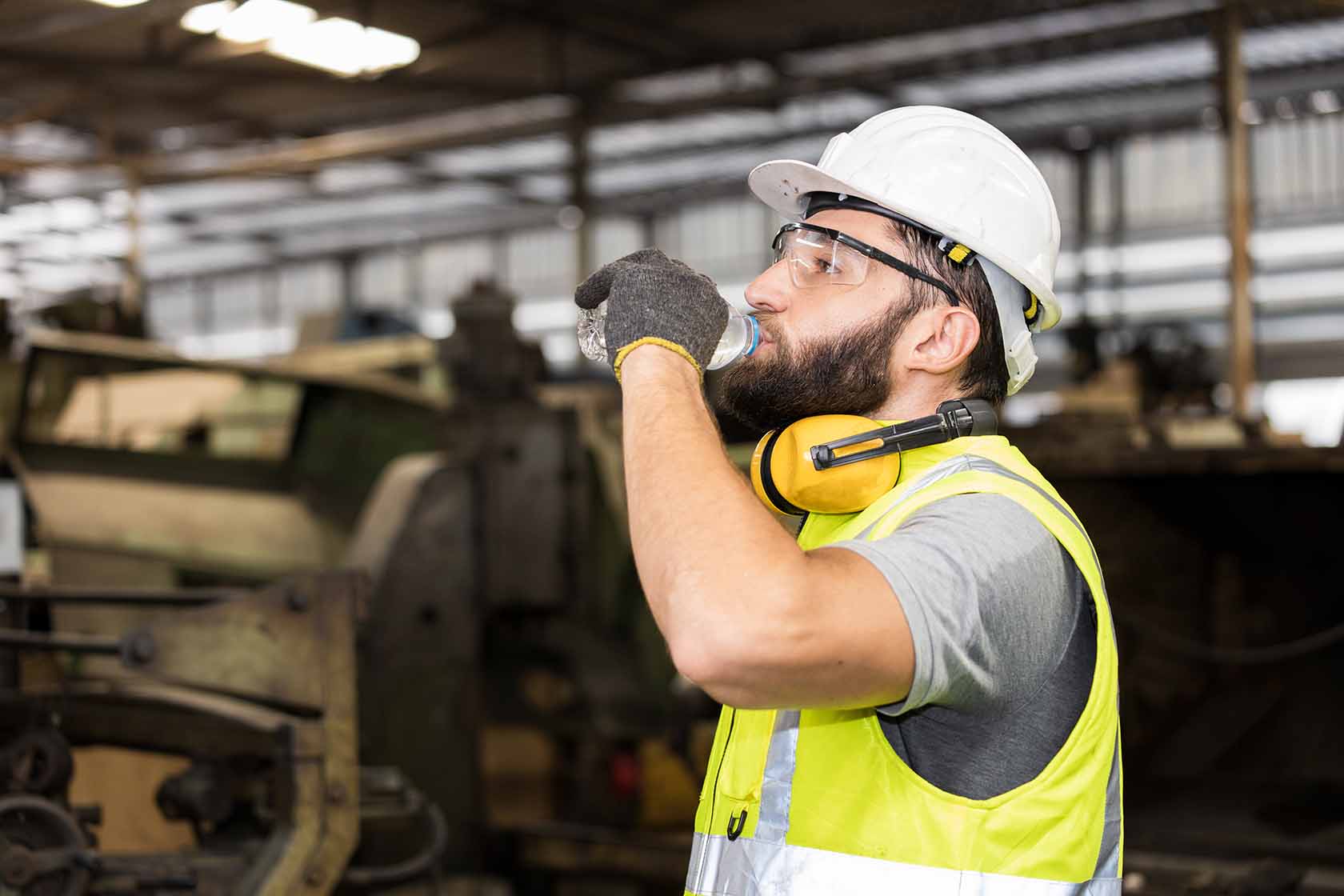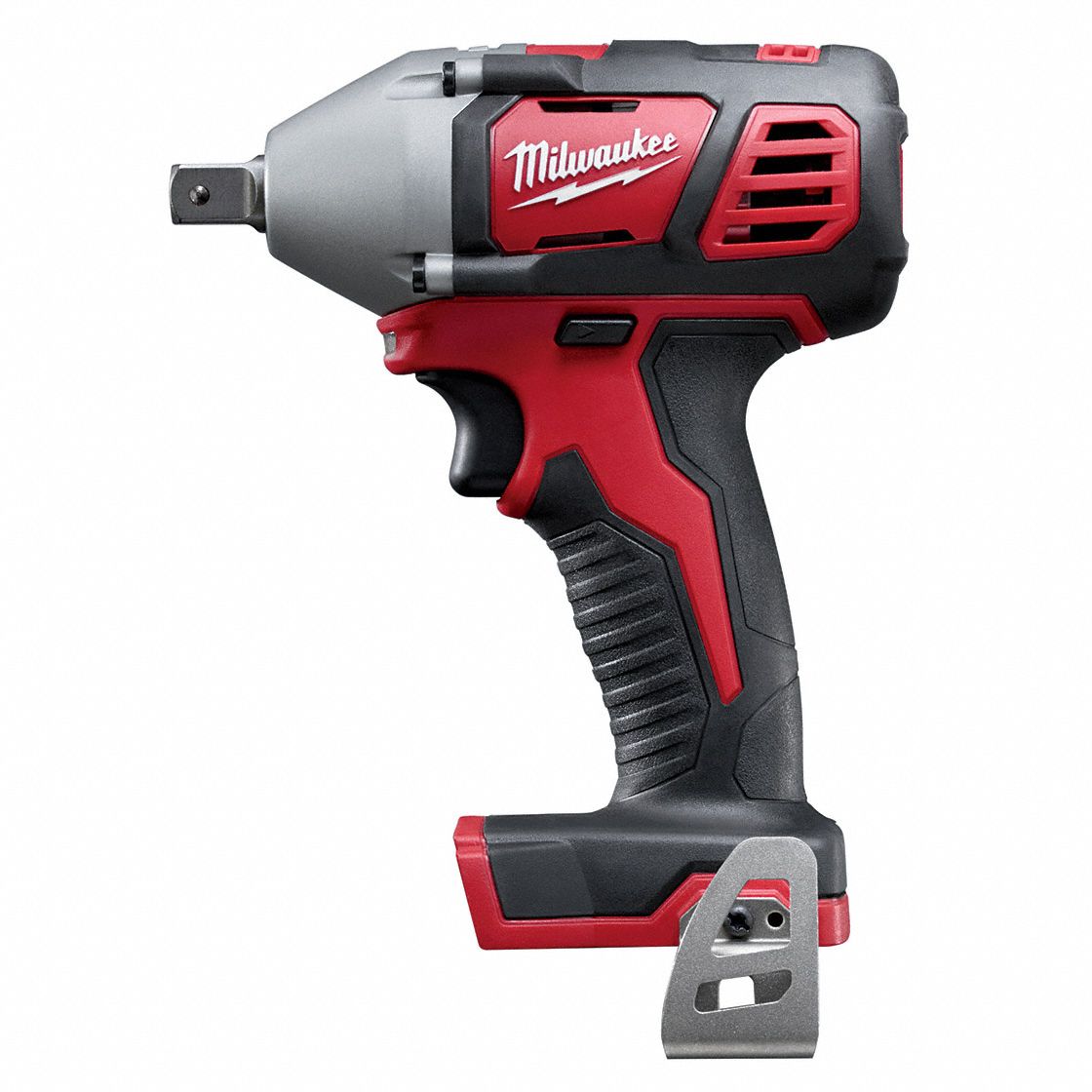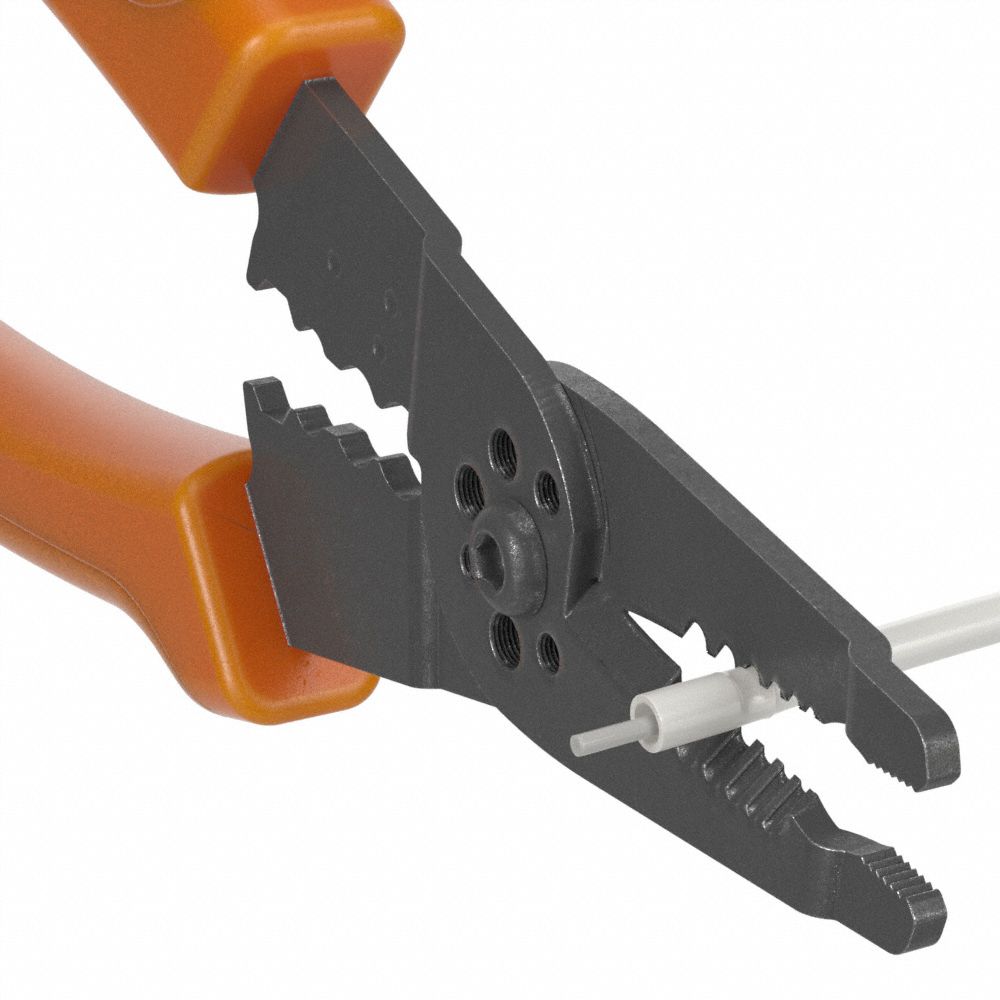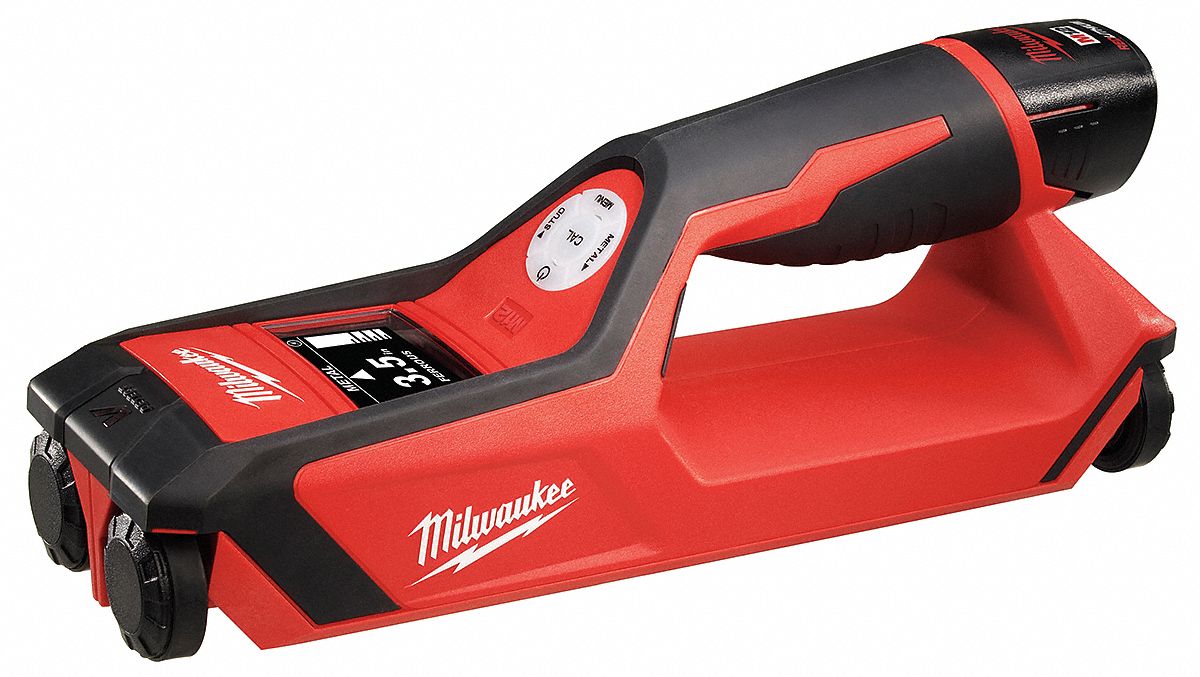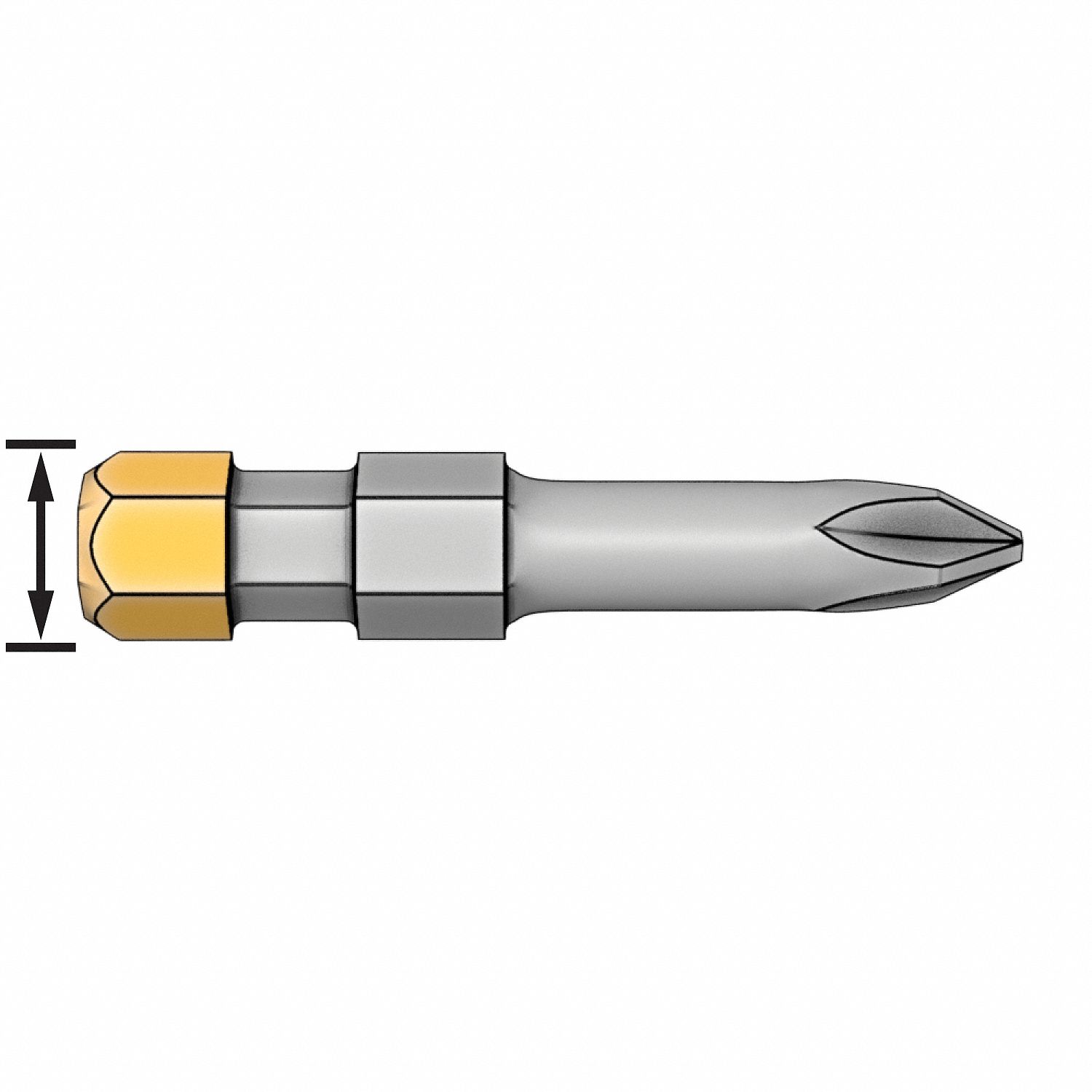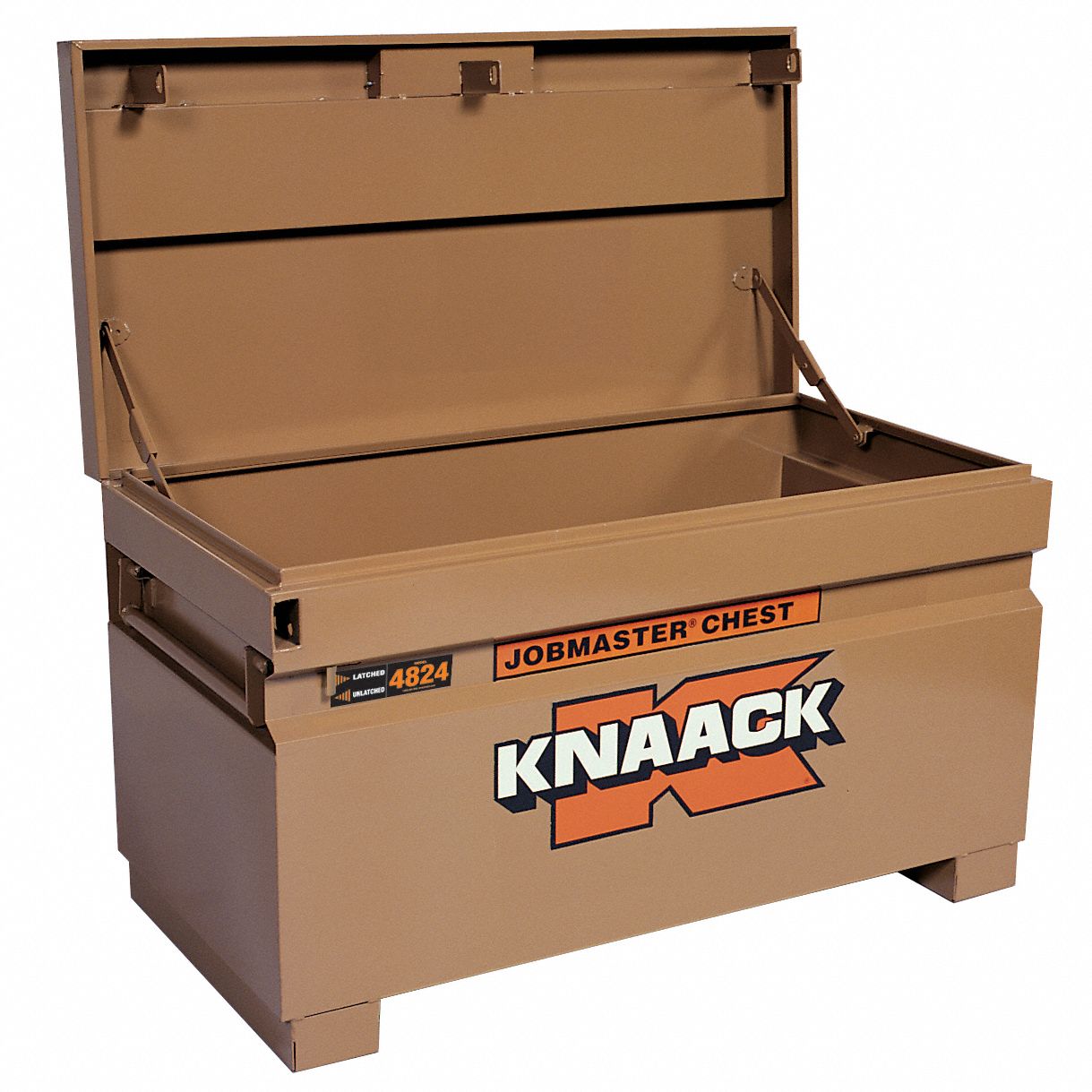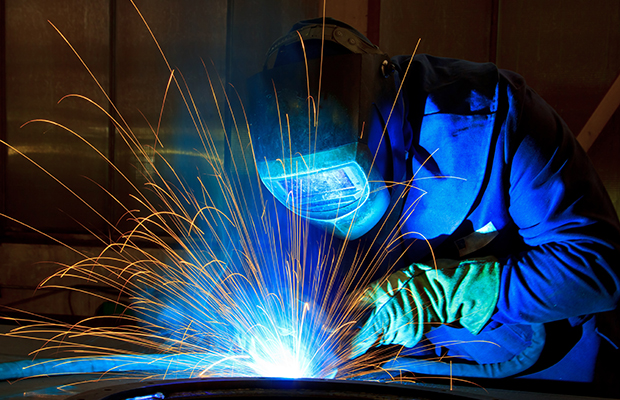

Types of Welding and the Tools You Need
By Grainger Editorial Staff 2/26/24


Welding is the process of joining pieces of metal. Arc welding is a common style that uses an electrical current between the welding equipment and the metals to be welded to create the necessary heat. There are four primary methods of arc welding. Each uses different tools and techniques, and each has applications for which it is the preferred method. Learn more about each method below and get some tips on how to look for the equipment to perform each one.
1. Shielded Metal Arc Welding (SMAW)
Shielded metal arc welding, frequently referred to as stick welding, is a very common and popular method of welding. It’s considered easy to learn and versatile. It is typically used in construction, steel fabrication, pipeline work and for repairing heavy equipment.
When stick welding, the welder uses a consumable electrode. The electrodes have a flux coating, which melts during the process to create a gas shield that protects the weld from contaminants and the elements, and a filler material to make the weld.
What You Need
Look for consumable electrodes based on the type of metal being welded, such as stainless steel, nickel alloy or carbon steel. Most filler material is classified by The American Welding Society (AWS) and knowing that may help you select an electrode. But what's most important is to understand the characteristics and grade of the base metal you’re welding.
Some of these electrodes can be susceptible to damage from moisture, so it’s important to keep these electrodes dry and clean when they’re not in use. An electrode container or an electrode oven might be valuable.
In addition to your stick welder, you’ll need an electrode holder and there are two primary types. Clamp-style holders use jaws to grip the electrode, while twist-style holders have a handle that twists to keep the electrode in place. Selection primarily comes down to personal preference, though most stick welders come with clamp-style holders.
2. Metal Inert Gas Welding (MIG)
This type of welding, also called Gas Metal Arc Welding (GMAW), also uses a consumable electrode. However, in MIG welding, the electrode is a solid wire that is constantly fed through the welding gun.
Another difference from stick welding is that these electrodes do not have a flux coating. Instead, MIG welding guns feed a shielding gas along with the electrode, and that gas serves to protect the weld. This gas could be carbon dioxide, or a mix of carbon dioxide and argon, depending on the type of material being welded.
This type of welding is easy to learn and can be used on a wide range of metals. However, the shielding gas means MIG welding is not recommended outdoors, where wind could affect the shield.
What You Need
In addition to the power source, you’ll need a welding gun specific to MIG welding. There are three styles. General purpose MIG welding guns are exactly that, useful for a range of tasks. Push-pull guns are usually used on softer materials, like aluminum. They’re lightweight and smaller, so they may be easier to maneuver in tight spaces. They have motors that will pull the wire through, so they’re good for soft-wire electrodes that might otherwise bind up. Spool guns have a spool to hold the consumable wire electrode right on the handle, so they don’t need that wire feeder. However, they might be better suited to shorter-length tasks than the other styles. In some cases, if the gun doesn’t have a wire feeder built in, you’ll need one separately.
Like stick welding, the wire electrodes vary based on the metal you’re welding.
3. Flux Cored Arc Welding (FCAW)
Flux cored arc welding is very similar to MIG welding. It uses the same welding guns, and it also feeds a wire electrode through the gun. The primary difference is that the wires have a flux core – not a coating – and that core serves the purpose of helping protect the weld. Like MIG welding, it is considered easy to pick up.
What You Need
The power sources, guns and wire feeders for FCAW are the same as for MIG welding. The wire electrodes are specific to FCAW and can either be self-shielded or gas-shielded. Self-shielding wire uses a flux core. This means it is a better choice for outdoor use. Because a welder doesn’t need an additional gas canister for the shield, this approach is also more portable. Using a gas-shielded wire with the additional canister can result in less splatter and cleanup.
4. Tungsten Inert Gas Welding (TIG)
TIG welding is also known as Gas Tungsten Arc Welding (GTAW). It’s notably different from the other three styles, in that it uses a non-consumable tungsten rod to create the current and then a filler rod to help make the weld.
TIG welding is known for its strong, high-quality welds, though it does require a higher level of skill. The welds made from TIG welding also tend to be very clean and attractive to the eye.
What You Need
Instead of a welding gun, TIG welding uses torches connected to a power source. They can be air-cooled or water-cooled; water-cooled torches do require a separate water coolant system so they can’t be used everywhere, but the water also allows for longer-term use in a session than air-cooled torches.
The electrodes are color-coded based on their chemical composition. Look also for the alphanumeric codes from the AWS, which can suggest the application for each type of electrode. Filler rods, similar to electrodes and wires for other types of arc welding, are made up of the types of metal being welded.
More Equipment and PPE
No matter which style of arc welding you prefer, there is equipment applicable to all of them.
Welding clothing can cover a user head to toe with jackets, aprons, coveralls and more. They are made from a variety of materials, but all are designed to help protect the welder from sparks and slag. Welding helmets have two variations: Passive helmets call for manual changes to the darkness level of the shield, while auto-darkening helmets sense the environment and adjust as needed.
Welding gloves are created for specific types of arc welding, though some may apply to more than one. Footwear should be ASTM-rated for Electrical Hazards and it’s recommended they are heat rated to at least 400 degrees F. ASTM is the American Society for Testing and Materials; the organization establishes voluntary standards for products and processes across a range of industries.
Finally, protecting the work environment can be accomplished with blankets, curtains, tents and more that help shield surrounding areas from sparks and UV light.
Welding is a skilled trade in demand, so knowing the path you want to pursue and the material you need are two keys to having success.
![]() More equipment knowhow for you
More equipment knowhow for you
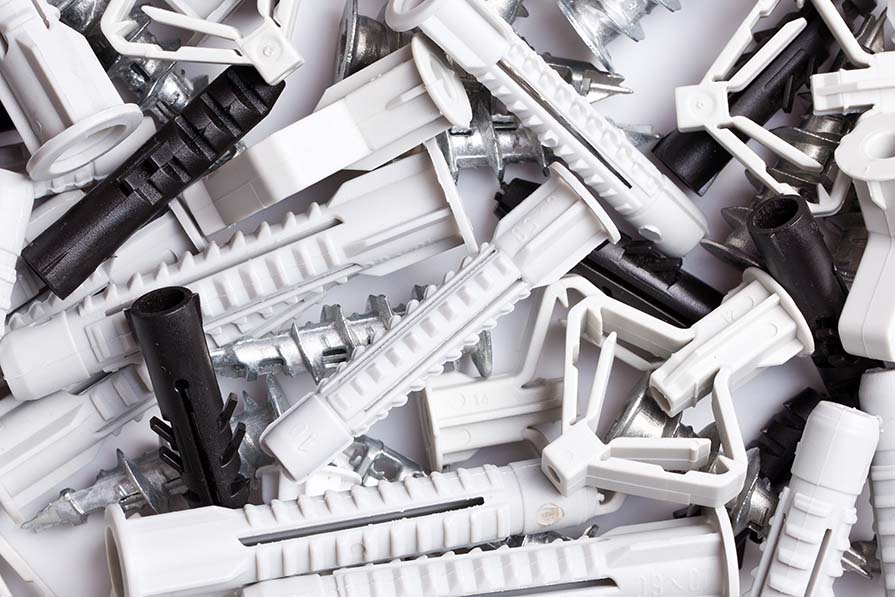
Equipment
Wall Anchor Types & Selection Guide
Different wall anchors work for different projects. Determine which wall anchor type is best for your project with this anchor fastener selection guide.
The information contained in this article is intended for general information purposes only and is based on information available as of the initial date of publication. No representation is made that the information or references are complete or remain current. This article is not a substitute for review of current applicable government regulations, industry standards, or other standards specific to your business and/or activities and should not be construed as legal advice or opinion. Readers with specific questions should refer to the applicable standards or consult with an attorney.


